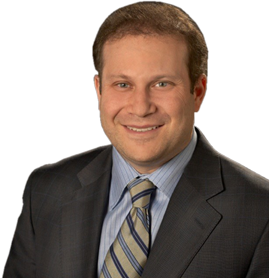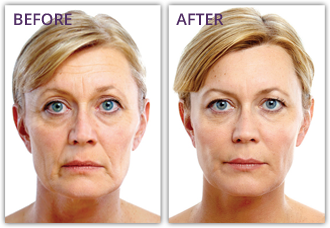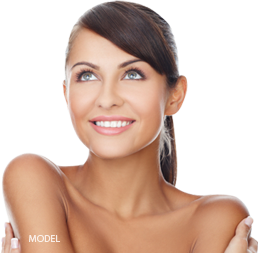Botox® Information
Botox® is used extensively as a medicine due to its ability to reduce muscle contractions. It is a derivative of botulinum toxin; there are seven different types of botulinum toxin (A, B, C1, D, E, F, and G) and has been tested by many physicians and has subsequently become a relatively common drug to treat many different types of medical conditions. Many common medicines, such as penicillin and other antibiotics are in fact derived from botulinum toxin type A.
To speak with Toronto Botox® Dermatologist Dr. Nowell Solish about how he can help you achieve your goals, please call 416 964 8888
REQUEST YOUR CONSULTATIONProduced by Allergan Inc Botox® has been around as a medicine for decades. Botox® Cosmetic is a purified protein produced by the Clostridium botulinum bacterium. As a cosmetic treatment it treats wrinkles that are caused by muscle contraction. Wrinkles such as frown lines, crow's feet, forehead creases are effectively treated with Botox®.
Meet Dr. Solish
Dr. Nowell Solish is a renowned specialist in the field of cosmetic dermatology and dermatologic surgery. He was one of Canada's first cosmetic dermatologists to use injectable BOTOX®. Dr. Solish is the Director of Dermatologic Surgery at the University of Toronto. He is also published in peer-reviewed journals, and lectures regularly on dermatologic surgery techniques worldwide.
Read More
The effects of Botox® are 100% reversible but typically last for a few months. It is injected into treated areas to temporarily weaken overactive muscles. Because of this effect, Botox® has become very popular to treat a variety of muscular and neurological disorders.
History of Botox®
The first use of Botox® in the medical field occurred in the 1960s to treat neurological disorders. In 1989 it was approved by the FDA to treat certain eye muscle disorders such as uncontrollable blinking and crossed eyes. In 2000, Botox® was approved to treat a condition that causes acute neck and shoulder contractions.
Although relatively new in the cosmetic industry, in the 70's ophthalmologists began injecting botulium toxin into tiny eye muscles to treat "lazy eye". In the 80's, the drug was used to correct other facial, eyelid and limb diseases such as tremors and spasms. It was during a procedure in the late 1980's that the cosmetic benefit was first noticed. A patient was injected for eye spasms and it became apparent that their frown lines had notably diminished. The cosmetic use of Botox® was researched and published in the early 1990's.
View Before & After Photos
Click to view samples of what can be achieved with Botox® and SoftLift™ injections in the hands of a trained dermatologist.
View Before & After Photos
In 2001 Health Canada approved Botox® for the treatment of frown lines (it has been approved in Canada since 1990 to treat disorders caused by overactive muscles). In 2002, the FDA approved Botox® and it was indicated for reduction of the frown lines for up to four months after its administration. It is currently under review for indication to treat migraine headache, tension headache, and cerebral palsy. Botox® is the most popular non-surgical cosmetic procedure performed. In the year 2003 there were over 2 Million Botox® injections performed.






